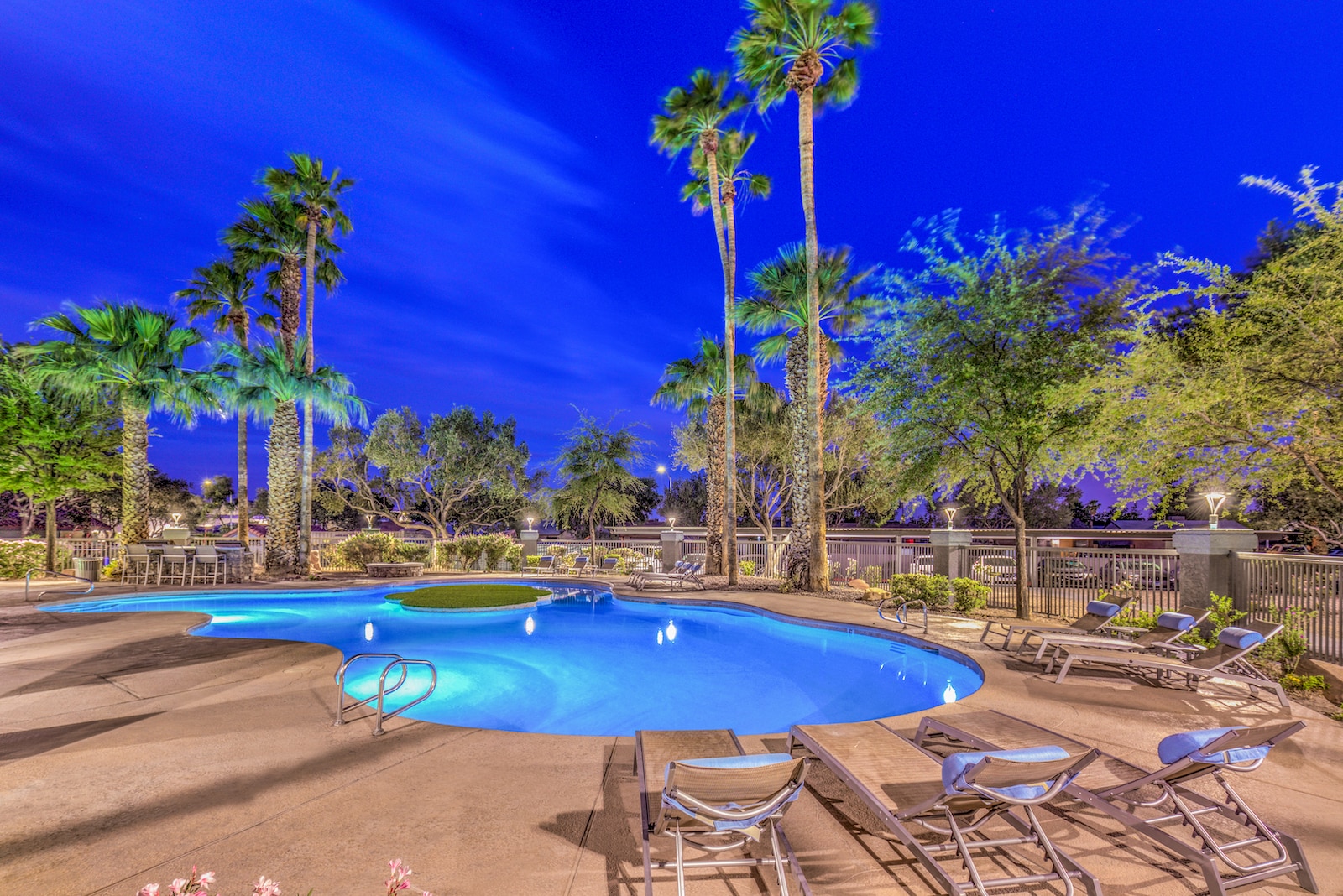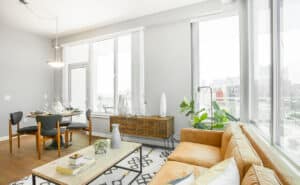In today’s multifamily real estate landscape, sustainability is no longer just an option; it’s a necessity. Multifamily property owners, investors, and management companies are increasingly looking for ways to reduce the environmental impact of their buildings while enhancing tenant satisfaction and long-term financial returns. Sustainable renovation practices not only meet rising regulatory demands but also respond to consumer preferences for eco-friendly living environments. As multifamily construction companies and apartment renovation contractors play a critical role in this transformation, adopting sustainable upgrades is key to staying competitive in the market.
Table of Contents
ToggleWhy Sustainability Matters in Multifamily Renovations
The shift toward sustainable construction in the multifamily sector is being driven by a variety of factors. Increasingly stringent government regulations around carbon emissions and resource consumption, coupled with evolving consumer preferences for green buildings, have prompted a surge in demand for sustainable renovations. Recent studies show that a significant portion of tenants prioritize sustainability; and are even ready to pay more to live in an environmentally friendly building.
For multifamily property owners and developers, green renovations offer long-term benefits. Properties that incorporate sustainable features typically enjoy higher occupancy rates, lower operating costs, and increased property values. Moreover, green-certified buildings often attract capital from institutional investors who see these properties as safer investments in light of rising climate risks.
Sustainable Materials for Multifamily Properties
A growing trend in the multifamily construction sector is the use of innovative, sustainable building materials. These materials offer both environmental benefits and improved performance over traditional materials, making them ideal for large-scale multifamily renovations. Ferrock, mass timber, hempcrete, and mycelium are some of the most popular eco-friendly materials that renovation contractors can consider for multifamily projects. By choosing these eco-friendly materials, apartment general contractors can enhance the sustainability of their projects while also reducing long-term maintenance costs for property owners.
Renewable Energy Integration
Incorporating renewable energy into multifamily buildings is another critical aspect of sustainable renovation. Solar panels, wind turbines, and geothermal heating systems are among the most common forms of renewable energy used in multifamily properties. Solar panels, in particular, are a highly visible and effective way to reduce a building’s carbon footprint. In addition to lowering energy bills, solar panels can qualify developers for federal and state tax credits, further reducing the cost of installation.
Biophilic Design and Sustainable Landscaping
Biophilic design, which integrates nature into the built environment, has become a hallmark of sustainable multifamily developments. Green roofs, living walls, and natural ventilation systems are all examples of biophilic design elements that can improve indoor air quality, reduce heat absorption, and enhance tenant well-being. Green roofs, for instance, absorb rainwater and reduce stormwater runoff, helping to manage water use and prevent flooding. Incorporating biophilic design elements into multifamily renovations can also make a property more attractive to potential tenants.
Challenges and Solutions in Sustainable Renovations
While the benefits of sustainable renovations are clear, they come with challenges. One of the most significant hurdles is the higher upfront cost of sustainable materials and technologies. However, these initial investments often pay off over time through reduced energy consumption and lower maintenance costs. Moreover, various green financing options, including loans and grants from government agencies or private lenders, can help offset these costs.
Another challenge is navigating local building codes and regulations, which may not always accommodate new sustainable materials or technologies. Apartment general contractors must stay informed about regulatory changes and work closely with local authorities to ensure compliance.
As sustainability continues to shape the future of the multifamily housing industry, apartment general contractors such as Renu play a pivotal role in adapting eco-friendly building practices. From innovative materials to renewable energy integration, sustainable renovations not only improve the environmental performance of buildings but also enhance the tenant experience and boost property values. By investing in sustainable upgrades today, multifamily property owners and investors can position their portfolios for long-term success in a rapidly evolving market.
#Mulitifamily #Multifamilyrealestate #multifamilyrenovations #dallas #phoenix #investor #houston #multifamilyinvesting #losangelesrealestate #virginiabeach #denver #orlando #sandiego #investmentproperty #Propertymanagement #investing#multifamilyhousing #apartmentinvesting







